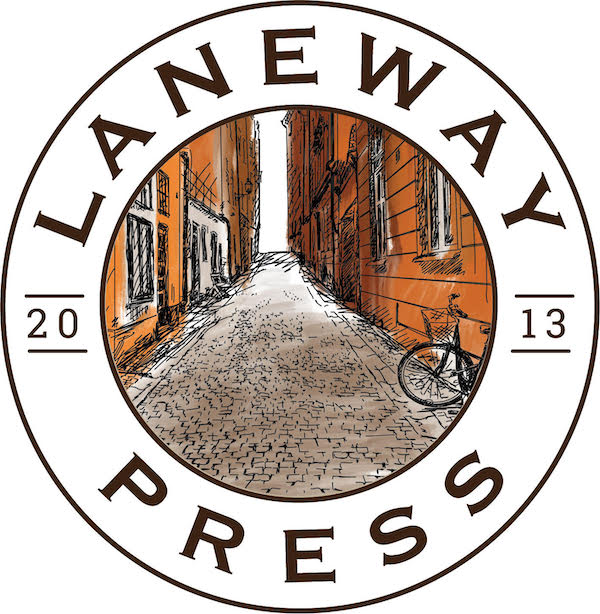Building an author profile (even if you hate the spotlight) – Part 1
Before you can get started marketing your book, you need to start thinking about building an author profile. Here’s part one of two blogs outlining where to start – so that when you’re on the road to getting your book published, you already have an author profile ready to go!
Define your audience
Before you get started, you need to figure out who your target readers are. Whether you’ve got a book in progress, or simply an idea of what genre you will be writing in.
One way of doing this is by segmenting them into primary and secondary audiences. The segments can be based on demographics such as age group, socioeconomic status, education, geographic location, gender, etc. Also think about things like hobbies, reading habits and buying habits.
The more audiences you identify, the more marketing opportunities there are in reaching them.
Create a brand
Selling and marketing your book requires more than just a good book, it involves the ability to sell yourself – the author – to your target audience.
We advise that you build an author platform by creating awareness of your brand and book by showcasing who you are as an author. This is done through social media, guest speaking, interviews, and so on.
This gets a bit tricky if you’re writing under a pen name. When you’re anonymous, how do you sell yourself? You do this by selling your brand.
One way of figuring out your ‘brand’ is defining your USP (Unique Selling Point). What makes you different from other authors? Why should readers listen to what you have to say? Why should readers buy your book rather than another similar one? Your answers to these questions will help you anchor what your brand is, which will then help in marketing it. Ultimately, you need to figure out what’s important for you, and what makes you different from the rest.
Other crucial elements of branding are visual. For example, using the same images, colours, fonts and style elements in all of your assets. Normally, we’d advise getting professional headshots for your profiles. If you’re remaining anonymous, we suggest getting a logo made to represent your book on your profile that will then be used everywhere.
Another thing you need is a tagline. Something that goes under your profile on all your platforms that encapsulates who you are and the story you’re trying to tell. Be sure to keep it simple and consistent. Consistency is key – in all of your branding. The more you stick to a particular style, the more your audience will be able to recognise your brand.
You also need to consider the tone of your brand. When you write things like social media posts and blog posts, keep your tone consistent with your brand. If you’re speaking about some heavy topics, it wouldn’t make sense for you to post pictures of puppies (unless, of course, you’re not anonymous and are choosing to share your ‘behind the scenes’ life). But generally, it’s a good idea to stay on theme so that you become the go-to person for these topics.

Your offline author profile
We all know that it’s important to build your online author platform (which we will go into in more detail), but it is equally important to generate interest and discussion offline too. Here is a list of a few of the many things you should already be doing:
- Telling all of your friends and family about your book.
- Asking friends and family to follow and interact with your online platforms.
- Create a business card with your website, socials and author tagline—so that whenever you tell someone about your book, you can give them your business card (as long as you’re comfortable sharing your real identity).
We also recommend that authors seek out publicity opportunities in the months leading to the book release, including guest speaking, networking events, book signings, and podcast and radio interviews.
While your choices are definitely limited if you’re building an anonymous profile, don’t rule out the possibility of appearing in things like podcasts with an altered voice. In some ways, maintaining an anonymous identity can create some curiosity and intrigue around your book.
Click here for part 2 of ‘Building an author profile (even if you hate the spotlight)’.



